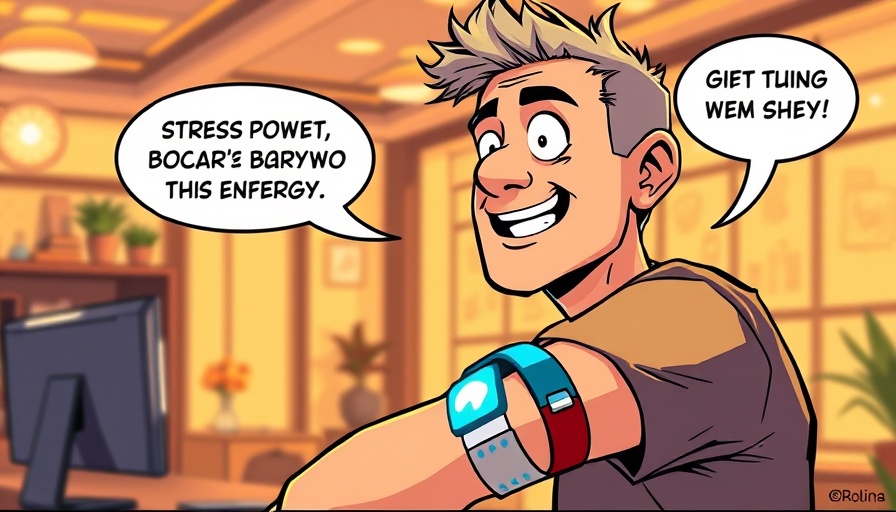
Powering a Community: The Journey Towards Sustainable Energy
Imagine a scenario where the energy needs of a small city could be met with innovative solutions that harness renewable resources. This is not just a figment of our imagination; it’s a reality that we’re inching closer to every day. With advancements in technology and community-driven efforts, the potential for generating green power has exploded.
In 'We Could Power a Small City,' the discussion dives into innovative energy solutions, exploring key insights that sparked deeper analysis on our end.
What It Takes to Energize a City
In recent discussions surrounding energy generation, the idea that we could power a small city has been a recurrent theme. Renewable resources—such as solar, wind, and hydroelectric power—are at the forefront of these potential advancements. But what does it really take to achieve this vision?
First, planning plays a critical role. Cities need to identify suitable locations for energy generation, evaluate the logistics of energy distribution, and engage the community to support these initiatives. Success also requires investment in technology that can efficiently utilize these resources, along with a comprehensive strategy for implementation.
Local Innovations Making a Big Impact
Many cities across the globe are leading by example. For instance, San Diego, California, has established itself as a pioneer in solar energy implementation, aiming to make the city powered by 100% renewable energy by 2035. This goal isn’t just about reducing carbon output; it’s also about fostering economic growth and job creation.
Similarly, cities in Denmark leverage wind energy extensively, showcasing how community cooperation and commitment to sustainability can lead to tangible results. These examples inspire other urban centers to adopt similar practices, proving that innovation knows no bounds.
The Economic Benefits of Green Energy
The transition towards renewable energy comes with exciting economic prospects. As cities invest in clean technologies, they create new industries and job opportunities. Individuals trained in clean energy installation or maintenance will likely see increased employability as the demand for skilled workers rises.
Moreover, reducing reliance on traditional energy sources like fossil fuels helps municipalities cut their utility costs in the long run. The decreased expenditure on imported fuels also fosters greater economic resilience, particularly for cities with tight budgets.
Addressing Community Concerns
While the benefits of renewable energy are clear, it is essential to address the potential challenges that may arise. Residents often express concerns regarding the initial financial outlay required for implementing these systems. Transparent communication about the long-term savings, environmental benefits, and possible government incentives is crucial to garnering community support.
Further, some may worry about the visual and ecological impacts of renewable installations. Involving the community in discussions about site selection can alleviate such concerns, ensuring that projects align with local values and aesthetics.
The Future of Energy Distribution
As we move forward, energy distribution will also need to evolve. Innovations such as smart grids and energy storage solutions are essential parts of this transformation. These tools enhance energy efficiency, allowing cities to store excess energy generated during peak solar or wind periods. This stored energy can then be distributed during high-demand moments, providing a reliable power supply while maintaining sustainability.
The possibilities are endless, with future technologies having the capability to radically reshape how cities harness and utilize energy. The vision of powering a small city is not just ambitious—it’s attainable with ongoing commitment to innovation and sustainability.
Be Part of the Change
The journey toward a sustainable future is one that requires collective action. Community members can support local initiatives, attend workshops on renewable energy, and advocate for policies that promote green technologies. Individuals are encouraged to explore actions towards a more sustainable lifestyle—be it through reducing personal energy consumption, participating in local clean-up efforts, or supporting local businesses that prioritize sustainability.
In “We Could Power a Small City,” we explore the many avenues to achieve a more sustainable world, highlighting that everyone has a role in this transition. Let’s pave the way for a cleaner, greener future together!
 Add Row
Add Row  Add
Add 




 Add Row
Add Row  Add
Add 

Write A Comment